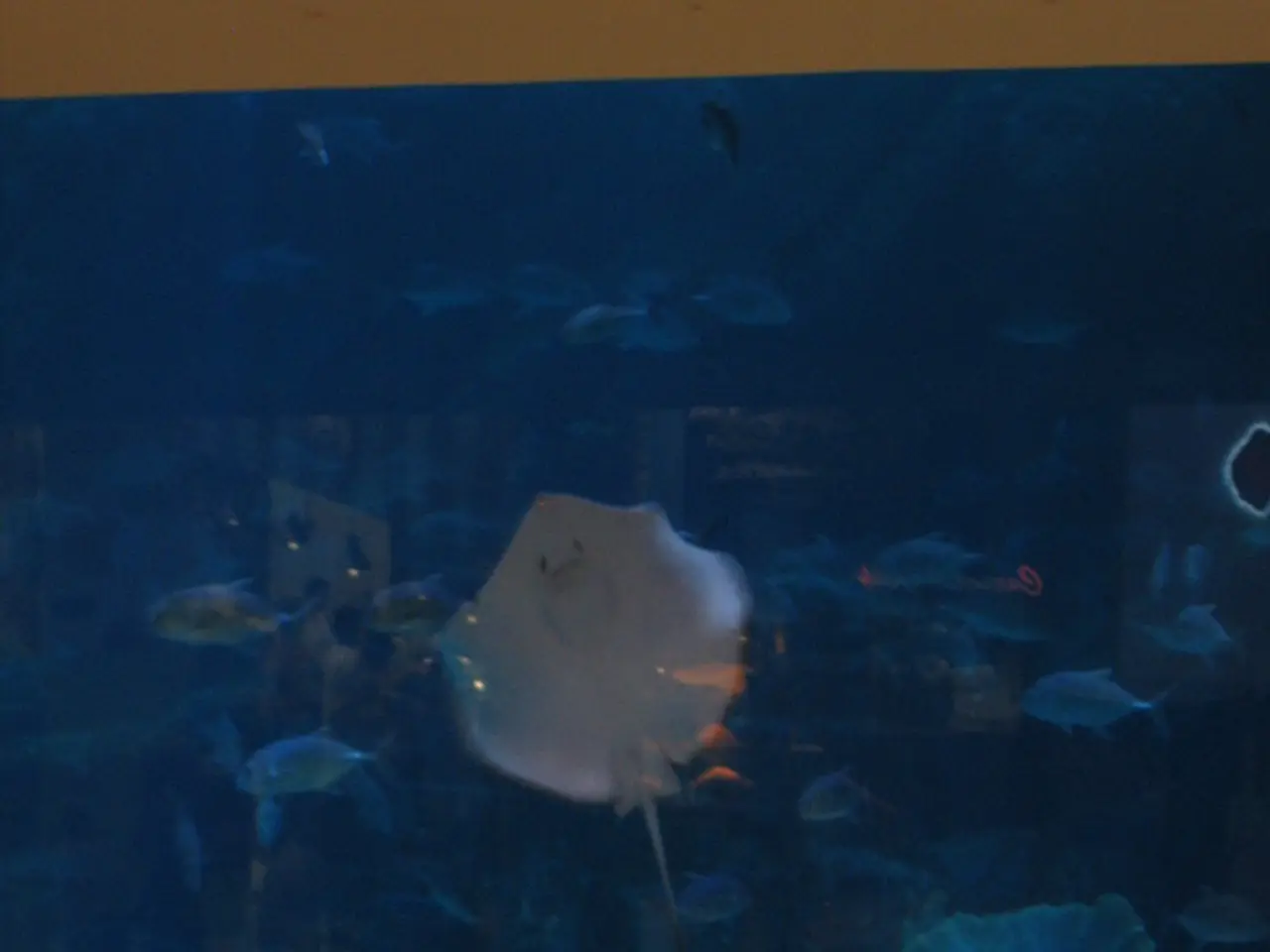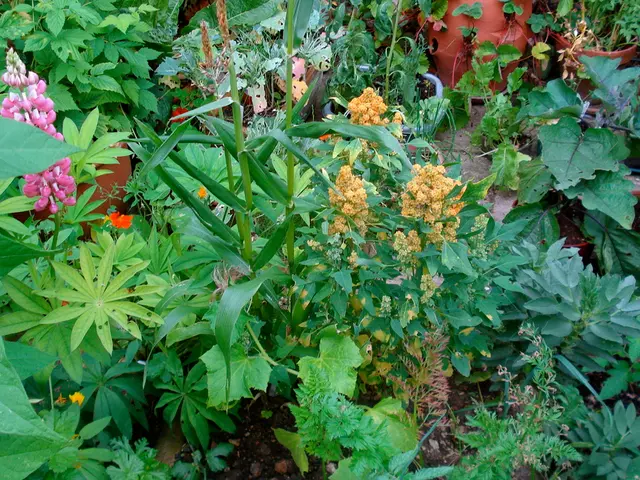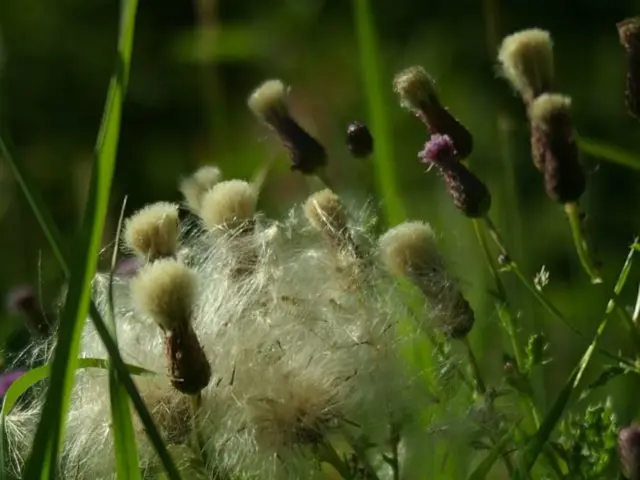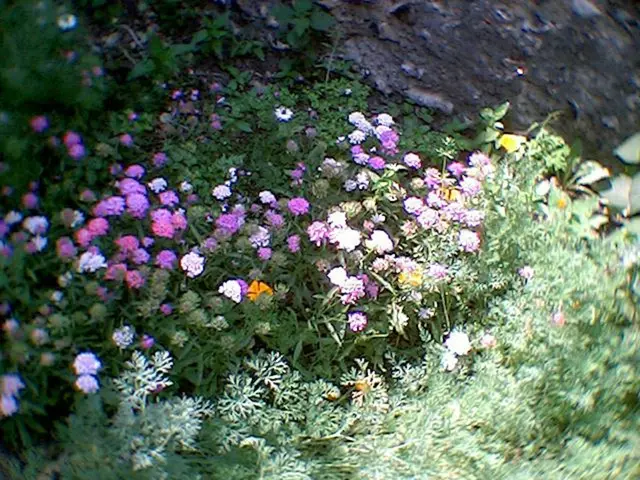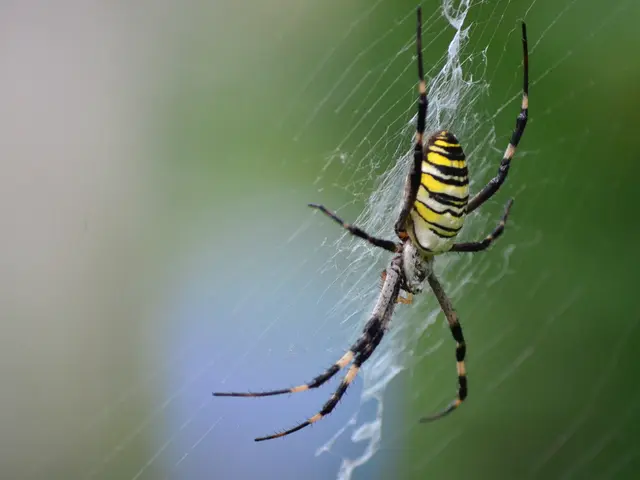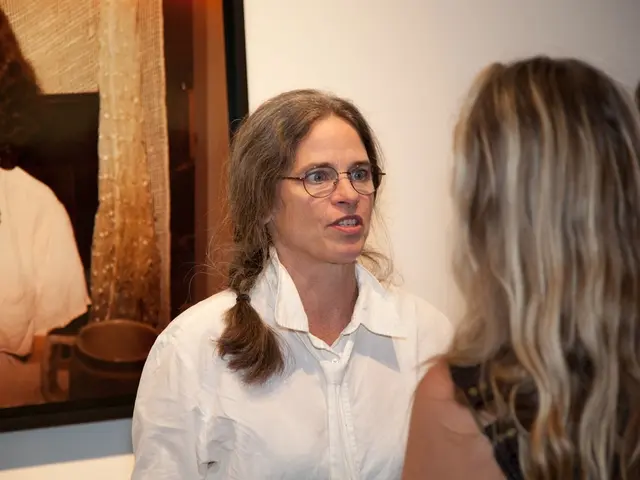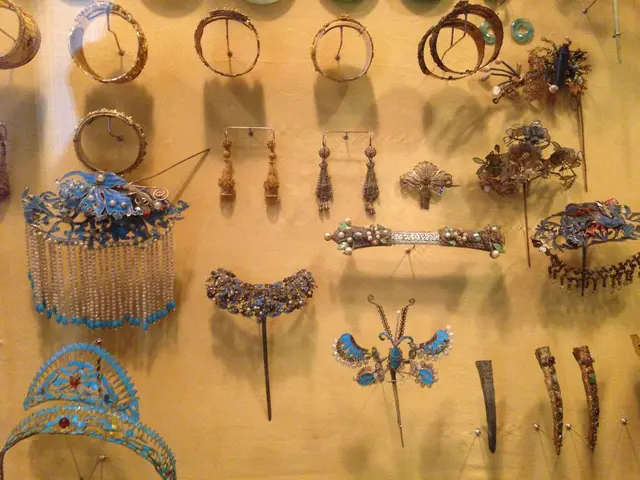DIY Aquatic Haven: A Comprehensive Guide for Building a Fish Bowl Terrarium, along with Suggested Retailers for Purchase
In the realm of creative and low-maintenance home decor, the fish bowl terrarium has emerged as a popular choice. This article provides a comprehensive guide on how to create your very own DIY fish bowl terrarium, complete with materials, steps, and plant choices suitable for both open and closed terrariums.
**Materials Needed**
To embark on this exciting project, you'll need a clear fish bowl or any glass container with a wide opening for ease of planting and maintenance. Other essential materials include a drainage layer (small rocks, aquarium gravel, or expanded clay pebbles), filtration layer (activated charcoal or aquarium charcoal), barrier layer (optional sphagnum moss or mesh sheet), substrate (soil blend tailored to your plants), decorative elements, tools, and your chosen plants.
**Step-by-Step Instructions**
1. **Select Your Container:** Pick a fish bowl or similar open glass vessel. The wide mouth allows easy access to plant and arrange materials. Open containers suit succulents; closed containers suit tropical plants.
2. **Add Drainage Layer:** Place about 0.5 to 1 inch of gravel or small rocks at the bottom for drainage.
3. **Add Filtration Layer:** Spread a thin layer of activated charcoal over the rocks to filter water and odors.
4. **Add Barrier Layer (Optional):** Place sphagnum moss or a mesh sheet to prevent soil from filtering down into the drainage layer.
5. **Add Soil/Substrate:** Add 2–3 inches of your chosen soil blend suitable for your plants (e.g., for succulents, use cactus soil; for tropical plants, use a mix rich in organic matter).
6. **Plant Selection and Arrangement:** Plant your chosen plants carefully using tools to avoid disturbing layers. Add decorative elements if desired.
7. **Watering:** Lightly mist or water depending on open vs closed terrarium type (closed require less frequent watering).
8. **Placement & Care:** Place the terrarium in bright indirect light. Monitor moisture and prune plants as needed.
**Plant Choices**
| Terrarium Type | Suitable Plants | Notes | |----------------|---------------------------------------------------|--------------------------------------------------------------| | **Closed** | Tropical plants such as ferns (Maidenhair, Button fern), mosses (sheet moss, broom moss) | Require humidity >70%, indirect bright light, minimal watering | | **Open** | Succulents, cacti, air plants | Prefer dry environment, more frequent watering, good airflow |
**Examples of Tropical Plants for Fishbowl Terrariums:**
- **Fittonia (Nerve Plant):** Thrives in humid, low-light conditions, colorful foliage. - **Croton Petra:** Brightly colored, suits small to moderate terrariums with tropical conditions. - **Cryptanthus Earth Star:** A bromeliad relative, tolerates brief droughts, good tropical accent.
**Additional Tips**
- Use aquarium gravel and charcoal for better drainage and filtration. - Avoid overwatering; observe condensation in closed terrariums. - Rotate terrarium occasionally to encourage even plant growth. - For decor, natural driftwood or stones enhance visual appeal without harming plants.
This DIY fish bowl terrarium project combines aesthetics and low-maintenance greenery, making it a delightful home decor and hobby. Custom-cut circular acrylic sheets, cork lids, or Saran Wrap can be used as temporary lids. Selaginella Jori, Raindrop Pepperomia, Cushion Moss, Thyme Moss, Hypnum Moss, Ficus vine (Ficus quercifolia) are examples of plants that can be used in a closed terrarium. A closed terrarium will generally take care of itself, while a substrate mix can be made or bought pre-mixed. Fish bowls do not come with lids, so one needs to be acquired separately. Start with the biggest plants, then small feature plants, followed by moss, and then vines on top when planting. Adding a culture of springtails can help control mold in a terrarium.
With this DIY fish bowl terrarium project, you can create a beautiful addition to your home-and-garden lifestyle and gardening setup. By following our step-by-step guide, you'll learn how to care for a closed terrarium, especially suitable for tropical plants like Maidenhair ferns or Cryptanthus Earth Star, which thrive in humid, low-light conditions found in such terrariums. This project combines creativity, low-maintenance greenery, and can serve as a rewarding home-and-garden hobby.
